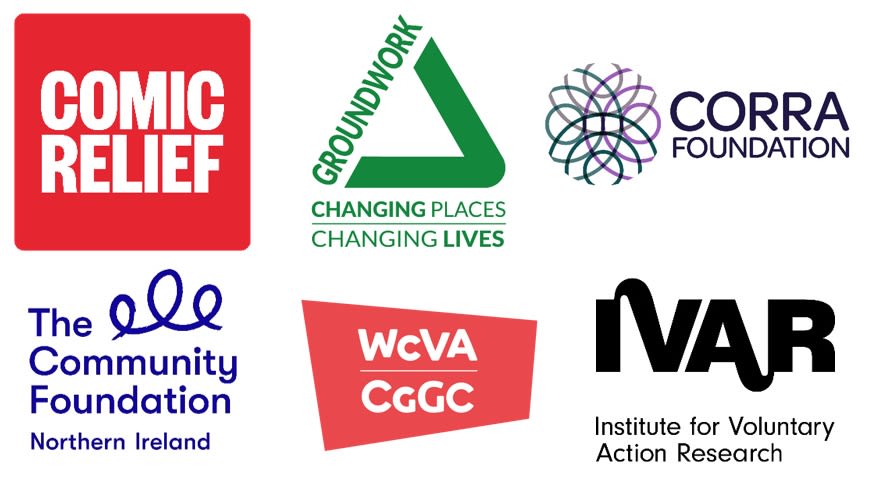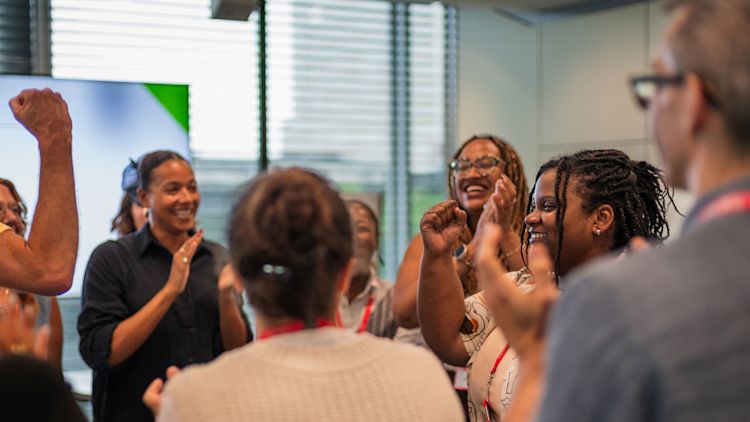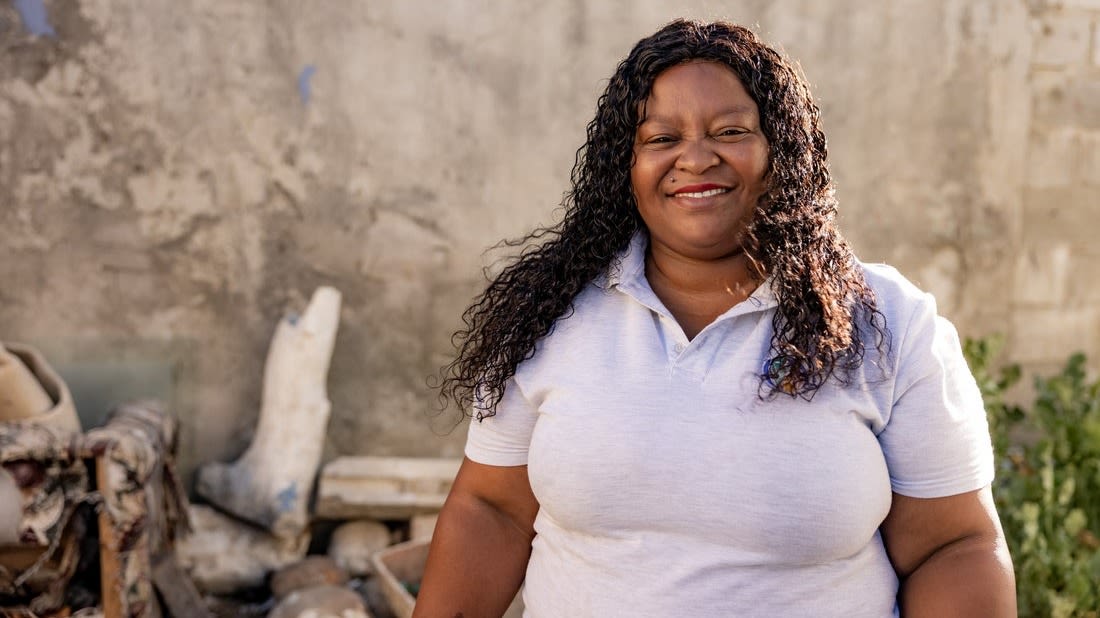
Sonakshi Anand and Charlotte Pace, Institute for Voluntary Action Research (IVAR)
IVAR are the Learning Coordinators for Comic Relief’s UK Intermediary Funders initiative that supports grassroots, community-based grant-making in each of the four home nations. Key aspects of this initiative are to encourage the centrality of lived experience and community-led approaches both in the grant-making process and the grants themselves.
Today we publish a paper(opens in new window) on what ‘lived experience’ within grant-making processes means for four intermediary funders working with Comic Relief. We have been working on this for the past few months, but in light of the Covid-19 crisis it feels more important than ever to open lines of communication between funders and communities.
The Community Foundation for Northern Ireland, Corra Foundation in Scotland, Wales Council for Voluntary Action and Groundwork in England are all rooted in their communities and are well placed to understand the specific challenges and opportunities facing local grassroots organisations. They also recognise the often overlooked expertise and knowledge that sits within communities and local organisations and have all been exploring different ways of integrating ‘lived experience’ into their grant making processes over the past few months.
For any funders thinking about doing this who haven’t yet taken the plunge, here are ten suggestions for getting started:
1. Don’t be constrained by terminology. Here, ‘lived experience’ covers the experiences of people who have faced challenges themselves and those who have supported them in a personal or professional capacity:
‘communities and grassroots organisations … are all trying to live through the same thing’.
At IVAR, we hear people talk about experience in lots of different ways and we try to use language that resonates with those we are working with at any particular time – the most important thing is to explain what you mean by whichever term you use, and be sensitive to those you are working with.
2. You do not have to start from a blank page to find the people who can help you – your existing connections are a precious resource: ‘Someone who is facing the challenges will have a really important insight and also people who have worked in those sectors’.
3. Bringing people with lived experience into your process gives you more credibility. One funder explained how important it was ‘for the community to know that we are not just kidding … we understand the meaning of that experience’.
4. It’s not a one-size-fits all. There are many ways of getting people involved. At the moment, while face-to-face interactions are limited, online meetings and surveys are good ways to hear different views. However you do it,‘people who face social problems and challenges have really important expertise and knowledge to bring’.
5. Shifting the power dynamic can be very effective in making a real impact: It also means sharing responsibility (shifting risks and power) for the grant decision: ‘The starting point should be about being humble … and wanting to shift the power’. The four funders are taking a first step towards changing long-standing dynamics by sharing power.
6. Good planning is essential: Finding and preparing participants, building relationships, being clear about roles and expectations, and making them feel comfortable – ‘just listening to them and being flexible in the approach is important’.
7. Fresh perspective: People with lived experience can help you to look at all your processes in a new light, offering a fresh perspective on everything from deciding on the aims of the grant through application criteria, forms and feedback on projects: ‘We have the experience of grant-making and they bring in knowledge about “on the ground” realities’.
8. It’s the small things that count: Making people comfortable, being sensitive to their needs, showing your appreciation, updating them on a project so they can see the results of their contribution.‘It is their generosity of sharing their experience and knowledge that adds a lot of value to grant-making processes’.
9. It’s about mutual trust and understanding: Asking for the help of people with lived experience improves mutual trust and understanding. ‘It is about working on each other’s strengths’ – from that comes further positive engagement and well-targeted grant-making. It’s a win-win situation!
10. Don’t wait any longer – have a go! You may not get it right first time. Others haven’t, but they see it as part of their own ‘lived experience’. As one funder said, ‘let’s push ahead and do the best we can’.
You are not alone. Others have tried it and found it worthwhile because, ultimately, it leads to better funding practices and better results. Why not take the first step?
Read our briefing paper(opens in new window) to find out more about ‘lived experience’ in grant-making.


